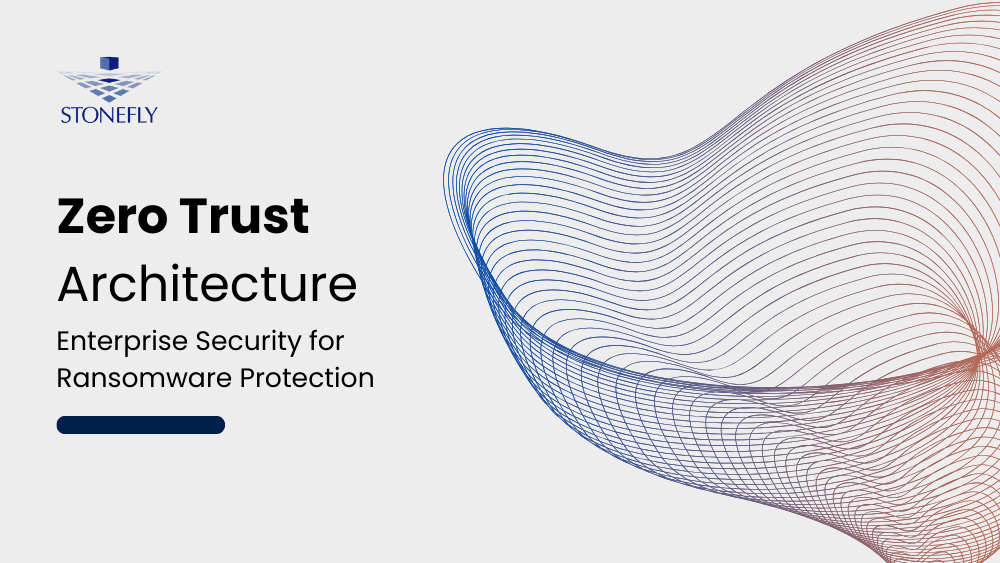True Definition of IP Storage
IP Storage in a generalized way can be termed as utilizing Internet Protocol (IP) in a Storage Area Network (SAN). The Internet Protocol used in the SAN environment will be usually over Gigabit Ethernet. It is usually termed as a substitute to the Fibre Channel framework, which is seen in traditional SAN infrastructure.
It is a known fact that due to FC infrastructure in SAN, there were certain issues like expense, complexity and interoperability which were hindering the implementation of FC SAN. But the proponents of IP Storage have a strong view that with the benefits offered by IP based storage infrastructure over Fibre channel alternative; wide- spread adoption of SAN can take place.
The advantage of a common network hardware and technologies will surely make the IP SAN deployment less complicated than FC SAN. As the hardware components are less expensive and the technology is widely known and is well used, the interoperability issues and training costs will automatically be less. Furthermore, the ubiquity factor offered by TCP/IP will make extend or connect SANs worldwide.
Benefits offered by IP Storage
- With the use of IP, SAN connectivity is possible on an universal front
- When compared to Fiber Channel, IP Storage connectivity will offer operable architecture and will have fewer issues
- It will lessen the operational costs, as less expensive hardware components can be used than in FC
- IP Storage can allow storage traffic to be routed over a separate network
- Use of existing infrastructure will surely reduce the deployment costs
- High performance levels can be achieved if the infrastructure is properly laid
- Offers wider connectivity options and that too less complex than Fibre Channel
- Minimum disruption levels are guaranteed in IP Storage
Apprehensions in IP Storage
There are certain apprehensions such as IP network bandwidth, data security, application conformance and server performance in IP Storage deployment. But with the availability of Gigabit Ethernet, the apprehensions related to IP Network bandwidth can be solved. Data security standards are also vastly improving with the implementation of high end data encryption features. High end processor architectures are paving way for the improvement of server performances.







